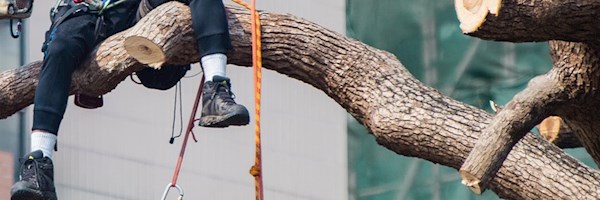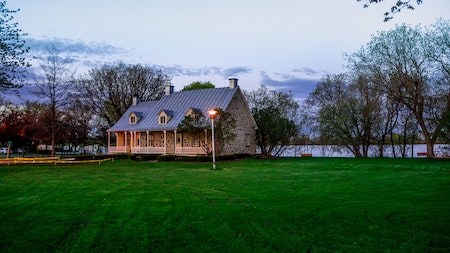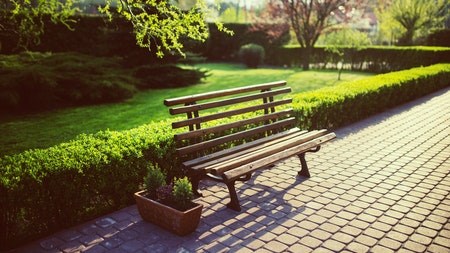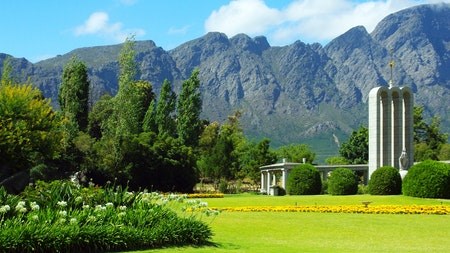When a tree develops problems, it is often difficult to decide whether or not to remove it. A number of factors can come into play, such as the cost of tree work as well as sentimental attachment to the tree.
Dying trees in natural areas, which don’t pose a threat to people and property, can be allowed to die in place without intervention from humans. After all, dead trees are ideal spaces for various species of birds and other wildlife to nest and find food.
However, hazardous trees with structural defects that could potentially cause injury to people or damage property need immediate attention.
Professionals
Most tree pruning and removal tasks are unsafe for DIY enthusiasts, and it is usually best to hire a professional to do the job. At the very least, problem trees should be evaluated by a certified arborist (tree specialist).
Some trees are especially susceptible to different types of borer beetle. The wood becomes brittle due to borer feeding damage. Limb breakage is a major concern, and removing these trees can be tricky - even for experienced tree professionals.
Previous pruning jobs can also cause problems years later. For instance, when the outdated practice of ‘topping’ trees has been followed, the result is often breakage in regrowth.
Changes in the soil level over the root system is another contributor to the gradual decline in a tree. For example, if 10 cm or more of the soil has been piled over the tree’s roots, it will probably die. However, you can save many trees if the situation is remedied before stress symptoms develop.
Desirability
Characteristics that make some trees undesirable include:
- Weak wood prone to frequent breakage
- Constant dropping of large amounts of debris
- Shallow tree roots that damage the surrounding garden and pavement
- Often carries various diseases or it’s infested with insects specific to the tree species
- Invasive species that reseed prolifically
Health
Although a tree that is in decline can continue to survive for many years, growth and appearance will be limited or abnormal.
Often, trees that have been damaged by herbicides have misshapen leaves but can usually recover.
As a general rule, if 50% of the tree is damaged, it probably should be removed.
Trunk damage
Severe damage to the main trunk often warrants the removal of the tree.
Dead branch stubs, vertical cracks, seams, and large, older wounds suggest internal decay.
If the damaged area is less than 25% of the trunk’s circumference, the wound could gradually heal without permanent injury. However, keep an eye out for opportunistic invaders, like ants or wood borers.
Because the life support tissue of a tree is on the outer edges of the trunk, many trees can live for years with a hollow trunk. However, possible compromised trunk strength could make the tree a danger to people and property. Therefore, as a general rule, if one-third of the inside of the tree is hollow or rotten, it probably should be removed.
Dead branches
Big trees that have had their tops broken or have large damaged limbs are a danger to people and property. However, if less than 25% of branches are damaged, the tree will probably survive.
If the dead branches are all on one side, the tree will be lopsided and potentially hazardous. This phenomenon can be a symptom of root or trunk damage on the affected side. Have these trees evaluated by an arborist.
Crossed branches or branches rubbing together should always be removed.
Narrow branch angles - especially of the main trunk - are more prone to splitting and should be corrected. Do this while the tree is young. When a narrow crotch is too large to remove, the two co-dominant leaders could be cabled to relieve the strain and avoid breakage. An arborist must carry out this procedure.
Base
Sprouts located at the base of the tree or small branches growing out of the trunk (epicormic shoots) are a response to severe stress, indicating that there is something wrong with the tree.
This is typical of trees that have endured recent injury during building operations, over-exposure to the sun after thinning neighbouring trees, or soil compaction. Where 50% of the root system is damaged, the tree should probably be removed.
Not all mushroom species growing under trees are associated with root diseases, but large fungus growth or trunk rot near the tree’s base indicates internal rot.
You should have trees with any of these problems evaluated by an arborist.
Leaning trees
Leaning trees are a bigger hazard than those growing vertically.
Trees suddenly leaning indicates breakage or weakening of the roots, and it should probably be removed immediately.
Where a tree leaning more than 15% from vertical it probably needs to be removed.
Power lines
During wet weather, electricity can arc up to 3m to wet tree foliage and can result in the tree and adjacent foliage catching alight, a power failure or damage to property.
- Trees under power lines should not be taller than seven metres.
- A tree growing into power lines will need to be thinned out.
Removing tree limbs anywhere near power lines is always a job for professionals. Power lines accidently touching or a grounding arc of deadly electrical current to a ladder, pruning tools or a person would be devastating.
Space
Within a forest trees grow very well close together, so planting shade trees in groves replicating nature works well. On large sites, they will grow together as in nature to become one large mass.
Closer to your house, though, large trees should be at least 6m away, whereas small trees may be planted as close as 2m from the house. It is best not to have trees hanging over the roof.
In general
Further questions to ask before removing a tree:
Are there nearby trees whose growth will be enhanced if the tree is removed?
Does the tree’s location cause it to interfere with sightlines in traffic flow or traffic lights?
Does the tree have historical or sentimental value? If so, more expense is justified to try and save it. However, if the tree is losing large branches, it is probably time for it to be replaced.







